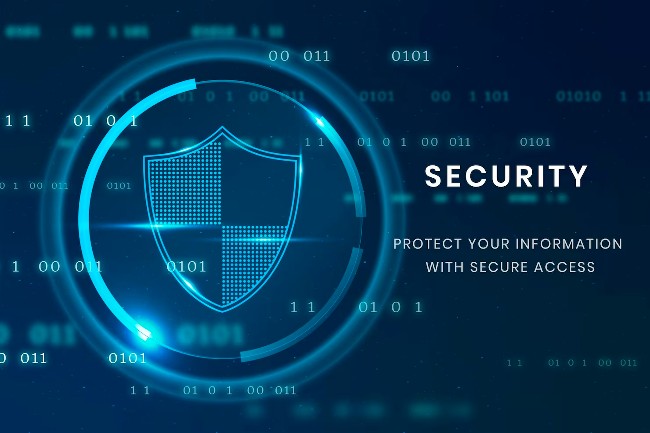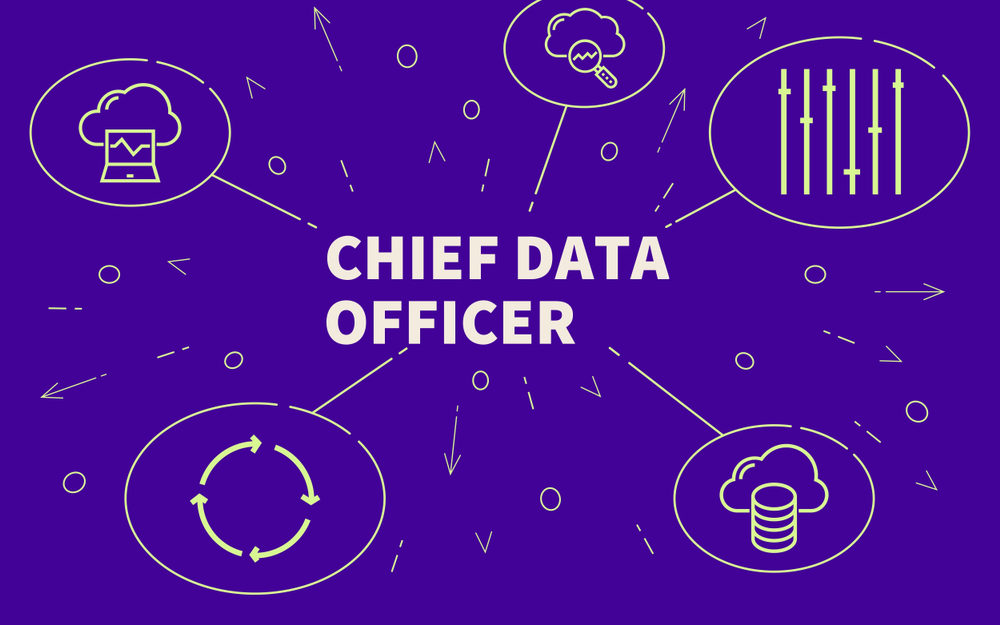Industry 4.0 has resulted in the rise of several new digital technologies and trends. Among the latest trends, metaverse, blockchain, and NFTs have gained considerable traction. Side-by-side cloud adoption has increased exponentially. Metaverse, the next phase of the Internet, merges elements of the physical and digital world. Blockchain-enabled non-fungible tokens (NFTs) stimulate the creativity of digital artists and content creators. It offers them new, innovative means to monetise their work. Likewise, people rely on QR codes, digital wallets and cryptocurrencies for online transactions. But security is the dampener for most individuals and entities seeking to benefit from such digital innovations. Even tech-savvy companies do not experiment outside the set routine, fearing security implications.
The global industry costs of cybercrime will increase from US$3 trillion in 2015 to US$10.5 trillion by 2025.
Of late, many new cyber security innovations address the evolving threats. Most of these tools leverage Artificial Intelligence (AI) and Machine Learning (ML).
A few years ago, cyber attackers leveraged AI and ML to launch sophisticated attacks. Such attacks went beyond the capabilities of conventional security deployments. Cyber security experts, however, have caught up. They now use AI and ML themselves to develop advanced security systems. These tools identify and respond to the most sophisticated threats in real-time. The latest tools understand natural language and communicate in human language.
1. Network Monitoring
The cloud makes traditional perimeter-based protection models obsolete. Most network traffic comes from outside the enterprise network. At-home employees, partners, IoT devices and other elements access the network from outside. Enterprises also need effective control over their assets spread across cloud servers.
Network monitoring is a panacea for identifying and combating the threats that inflict the network. But deriving actionable insights from network monitoring tools is often time-consuming. Many network monitoring tools also create a lot of noise and false flags.
The latest AI-powered solutions make network monitoring more potent. These tools analyse huge volumes of network traffic data to detect anomalies indicative of a cyber attack in real-time. Still better, the underlying algorithms learn and adapt to new threats over time and become more effective by the day.
Still, breaches may occur. Using forensics to get to the bottom of the issue is not new. The latest AI-powered technology makes the process more comprehensive and effective. AI–powered data mining analyses large volumes of information in minutes. Such insights unearth correlations and trends beyond the capabilities of human analysts. The tool may, for instance, analyse the structure of a camera-captured image and link it to other evidence, such as email content. Human brains could miss such deep and hidden insights.
AI also constructs hypothetical scenarios based on evidence that may seem insignificant to the human eye. It gives scientific backing to hunches and intuitions.
New AI-powered tools have already taken cyber security to the next level. Consider Open Text’s Smart PCAP. The tool captures relevant data from network packets and provides contextual information. Security teams can create and test countermeasures in minutes, to safeguard the users and protect the integrity of the applications in the network.
2. Endpoint Protection
Endpoint security is vital in the era of remote work. Most employees who work from home in other remote locations use their personal devices to access company data.
A notable innovation in endpoint security is Mobile Device Management (MDM) software. MDM allows companies to manage and secure employee-owned devices remotely.
Virtual Desktop Infrastructure (VID) allows users to access desktop environments and applications using any device. The data and applications remain hosted on a central server, reducing the risk of data theft in the event of device loss.
OpenText’s Webroot Endpoint Protection offers comprehensive endpoint protection. The suite provides multi-vector protection against malware, scripts, exploits, URLs, and other threats. The intuitive management console makes remote policy definition and management easy. Such tools constitute a perfect addition to any enterprise’s cyber resilience strategy and makes sure only authorised users can access the digital assets and resources of the enterprise.
3. DNS Protection
DNS Protection keeps web-based threats, malware downloads, and online content from causing harm to users. The same protection applies regardless of whether users are on the corporate network or logged in remotely. But DNS causes dependency and is hard to control.
One tool that exemplifies an innovative approach to security is Webroot’s Standalone DNS Protection. Customers get DNS protection without needing a Webroot EPP agent on every system. Users may customise the suite easily with policies that tailor internet usage to meet business needs. The suite also offers native DNS over HTTP privacy and security, making it easy to manage this difficult-to-control aspect of DNS. The 6th-generation machine learning classifies website domains in real-time accurately.
4. Access Controls and Identity Management
With perimeter protection obsolete, the importance of access control has increased manifold. Conventional approaches such as two-factor authentication has its limitations, forcing security experts to innovate.
Biometrics is becoming the primary solution for consumers to verify accounts and transactions. Most consumers find biometric identification, such as fingerprint or facial recognition, more convenient than passwords or PINs.
Traditional financial players such as Mastercard are developing innovative cybersecurity solutions that improve access control and identity management. One such solution is NuDetect, which identifies potential threats based on a user’s behaviour. Cyber Front, another Mastercard innovation, validates the effectiveness of enterprise cybersecurity controls. The tool also makes proactive threat detection.
Such innovative approaches will only succeed with robust identity management.
Most identity management products secure employee access to internal systems. An effective tool goes much beyond, to:
- Institutionalise a robust information governance program that eliminates expired legacy information.
- Apply “need to know” level access controls to sensitive data.
The cloud-based OpenText Identity and Access Management (IAM) extends identity protection for enterprises. The easily scalable tool automates third-party access and authorisation processes across unpredictable environments and enforces zero trust without compromising the user experience. Many users use this tool to supply global supply chains.
Enterprise users would do well to deploy a comprehensive and unified cloud platform such as the OpenText Secure cloud platform. The suite offers the basics, such as email threat protection, email continuity, email encryption, cloud-to-cloud backup, and more, along with the latest innovative features. The latest updates also co-opt security awareness training and DNS protection.
A proactive effort at digital transformation to embrace the latest tech advances, backed up by the right cyber security tools, enable enterprises to profit from the latest digital innovations.













